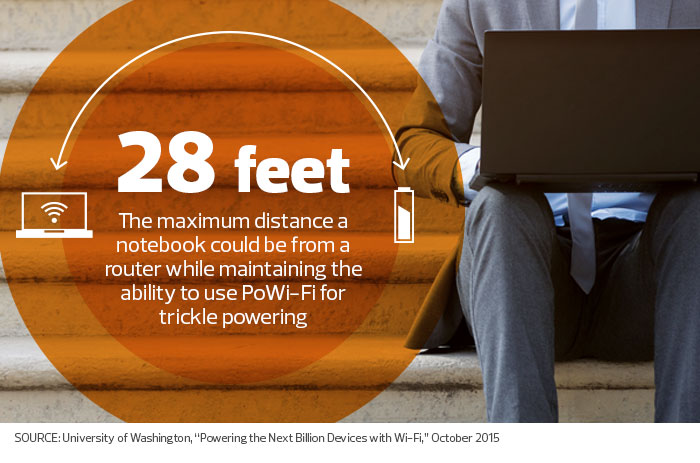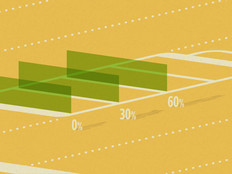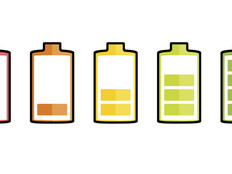Wouldn’t It Be Nice to Harvest Power from Wi-Fi?
For years we’ve heard about “vampire power” waste, the energy that countless devices consume while in standby mode. Maybe it’s time for those energy-draining electronics to give back.
The concept behind power over Wi-Fi is that people or organizations will use their routers to share more than internet signals. Instead, routers could help wirelessly power a bevy of devices. Ultimately, PoWi-Fi could make the Internet of Things a much bigger, better place.
In 2015, a six-member University of Washington research team unveiled PoWi-Fi, a system to let electronics harvest ambient Wi-Fi signals for power. In essence, it turns radio frequencies into DC electricity, which then powers small devices or charges batteries. The system relies on signals from ordinary Wi-Fi routers (rather than specialized equipment) and doesn’t significantly slow down throughput, meaning users can continue to stream video, surf the web and perform other tasks without interruption — or exasperation.
Revamping Old and Ordinary Routers
To make this happen, researchers modified firmware on ordinary routers (some of them many years old) to ramp up power output. This was necessary to strengthen the radio signals and make them more suitable for power delivery. Special receivers then convert the signals into a trickle of power that can energize small devices or charge batteries.
As the UW team has noted in its research: To harvest power without radically affecting device size, PoWi-Fi can use the 2.4-gigahertz antennas for communications via Wi-Fi, Bluetooth or ZigBee that are common in sensors and mobile devices.

Multiple Benefits of PoWiFi
To prevent interruptions when you’re watching a webinar on configuring policy settings (or binge-streaming Mr. Robot), power is divided onto three channels. The result: Impact on Wi-Fi performance varies due to the usual suspects — the quality of the signal and number of users, for example — rather than any noticeable PoWi-Fi drag.
At the moment, says Vamsi Talla, one of the project’s researchers, distances max out at about 8 to 10 meters (26 to 32 feet). Once the system is integrated into a final commercialized product (circuits that are made specifically for PoWi-Fi), that range will dramatically improve, he says.
As it is, there are plenty of possibilities at hand. Those trickles of power could charge activity trackers, cameras, sensors, Bluetooth gadgets and much more within an office setting.
To capitalize on its achievement, the university research team formed a company, Jeeva Wireless, for the purpose of commercializing PoWi-Fi. From an IT perspective, PoWi-Fi offers the promise of a future with far fewer power cords and dead batteries.








